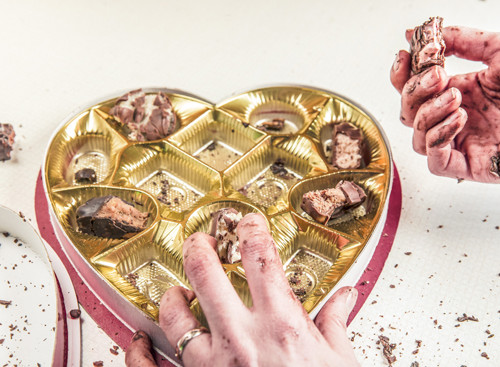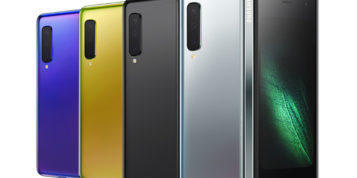With Valentine’s nearly upon us, brands have begun fighting for attention in the run up to the date. Numerous campaigns are appearing from brands looking to attract attention and gain traction from their customers, so they can be kept front of mind when considering that gift for a special someone. It’s no real surprise when you consider it has inspired over £5.4bn in online spend from UK consumers, according to the IMRG Capgemini e-Retail Sales Index.
With a vast amount of potential incremental spend available around this impending calendar date, a range of different businesses will be using this as an opportunity to market and secure a share of this spend. However, creating genuine standout around the event can be difficult, amid a sea of hearts, flowers and chocolates. With the annual celebration of love fast approaching, almost upon us, how can brand truly stand out at such a key time of year?
Romantic love has the most visual clichés associated with it, often in the form of scenarios: proffering bunches of red roses, drinking champagne, sharing food, hugs and kisses, offering chocolate, a ring, or other jewellery. But more recently we have seen a subtle shift away from the homogeny of clichéd imagery and instead brands are tapping into a more real, evocative and moving way of telling their brand’s story.
Companies don’t need to stray from the universal theme of love in order to make an impact and be innovative. The heart shape is the most universally recognised image associated with love, and although many campaigns tend to adopt it for Valentine’s Day, it’s still possible to make your heart stand out amongst the competition. For example, use different materials, textures and shapes, or move away from the overused red and pink colours associated with the day. Or more simply, try to use people in winter rather than summer to give the visual a different tone and feel to set the brand apart.
Modern love is all embracing and we are seeing consumers responding more readily to imagery that is different and intriguing. Anything communicating character and individuality, or conveying comfort, confidence, happiness and contentment – the emotions associated with relationships and commitment – will resonate with audiences looking for inspiration, and show an understanding of the shopper and the feelings they are hoping to celebrate with the gifting of flowers, a romantic meal or jewellery. We only have to look at jewellery designer, Tiffany & Co’s take on the modern couple for its latest campaign. Using a series of couples who had just popped the question, we see the use of same sex couples and the portrayal of a diverse range of ethnicities. This was swiftly followed by Hallmark in the US featuring a same sex couple in the run up to its crucial Valentines period.
Gaining standout is often achieved through daring to be different and adopting another take on the tried and tested Valentine’s imagery. One such example is the recent campaign from Lastminute.com which plays on suggestive imagery from around Europe. The print ad includes images of seductive and suggestive sculpture, food and landmarks from around the continent. In using imagery to convey the unexpected gems of European travel, the brand clearly demarcates itself from competitors and builds excitement in the target consumer.
The “Connection” that Valentine’s Day imagery often aims to re-create with human love, can even be extended to animals, their connection with each other and with humans. Humans’ anthropomorphise animal behaviour and when we see animals snuggling each other or touching noses, we transfer our own feelings about those actions. This concept can also be applied to inanimate objects as can be shown with the Lastminute.com ad campaign and also in IKEA’s imagery that shows two chairs in a suggestive position.
Wherever brands choose to take inspiration from, thinking differently about imagery and applying design trends, brands can stand out from the crowd. Modern love in all its shapes and forms can be adapted into imagery to tell the brand’s story in a more unique way and secure the brand that all important market share at one of the most competitive times of year.
This Valentine’s Day it’s time to kill the clichés, break the stereotypes, think universally and give a new vision to what love means to the billions of people throughout the world.






